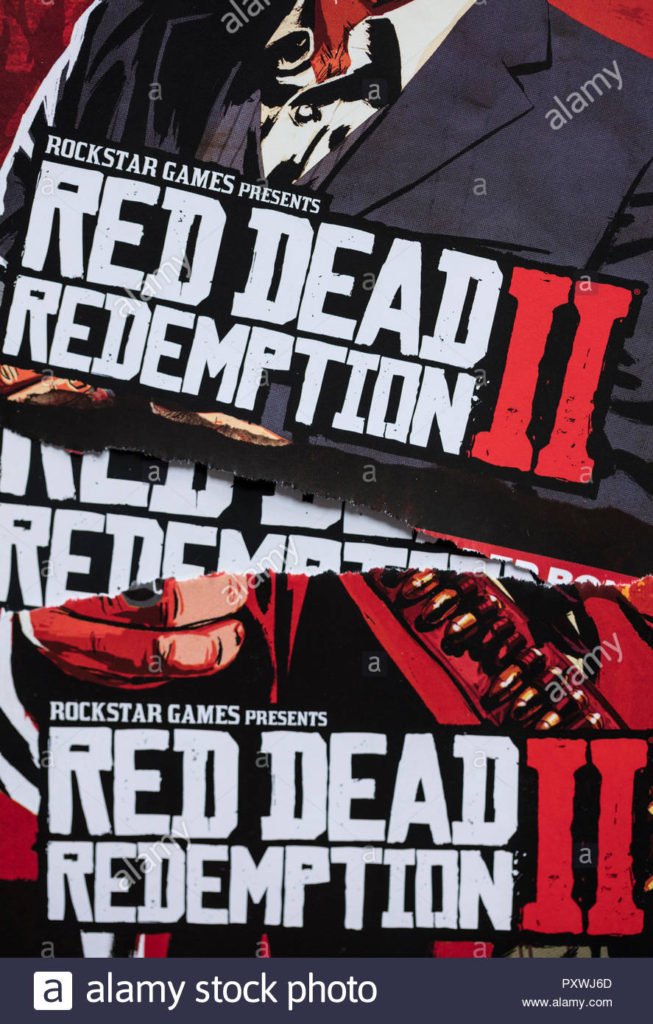- religion prevents acceptance of sexuality
- representation – females
- lens of feminist critical thinking
- happens in s structural level (companies, organisations ect)
- also happens at a textual level (individual images, film ect.)
- radical and reactionary, draw on different ideas
- toril moi said:
- Feminist = a political position
- Female = a matter of biology
- Feminine = a set of culturally defined characteristics
- power of image
- laura maulvey – visual pleasure & narrative cinema
- movement can re enforce gender stereotypes
- signs communicate objectification of women
- the male gaze, the signs of visual pleasure
- ‘woman as image, man as bearer of the look,’
- imbalanced power, we can see through narrative cinema
- “pleasure in looking has been split between active/male passive/female.”
- constructs a male fantasy – no truth in female representation, they are coded for strong visual & erotic impact
- scopophilia – pleasure in looking
- frioden psychology: looking is voyeurism – the sexual pleasure gained in looking
- fetishism – cutting out certain parts to draw focus to something
- She draws from Jacques Lacan: child development – when a child understands they are a person, a moment of consciousness
- when a person looks in a mirror & sees themselves & understand it is them (mirror stage)
- this connects to the media in which we see ourselves in characters
- what we see is only a reflection, a mirror image
- ‘a complex process of likeness and difference‘
- Sut Jhally – music videos has unlimited sexualisation, convents of pornography
- masculinity and femininity are constructions
- women representation is related to domestic abuse
- accepting normative values is problematic
- deconstruction of music video can reveal sexism, racism ect.
- over exploitive representation of female
- first wave of feminism – suffragettes
- second wave of feminism – 60s & 70s, society is made around male desire
- third wave of feminism – women who are younger who believes in plurality, more alert, and can use power for good
- fourth wave of feminism – defined by technology
- raunch culture – ariel levy
- see sexuality as a movement of power
- performers believe they are powerful owners of their sexuality
- they can use their body in a way of liberation – empowering themselves, their gender etc
- intersectionality: queer theory
- not essentialist or reductionist, a pluralistic approach
- judith butler – perform – acting, performative- produces a seis of effects
- gender is socially constructed
- prioritise your individual agency
- bell hooks – politics of difference
All posts by Millie F
Filters
definitons – narrative
- Time, space & theme
- Films & music videos are linear & sequential
- Stories have a beginning, middle & end
- Tztevan Todorov – tripartite narrative structure = equilibrium, disruption, new equilibrium
- exposition, inciting incident, climax, resolution, denouement
- Vladimir Propp = set character types & functions
- Stock characters
- claude levi-strauss = binary oppositions
- kernels and satellites
- Story: Someone falls in love w someone because they like their music
- Plot: Someone listens to music & falls in love w the musician’s music & voice, then they meet but the musician doesn’t like them.
mood board 4 music video???? idk lol i’m not doing this nea

csp 10 – ghost town
GENERAL NOTES:
- by a British band named the specials
- released on 12th june 1981
- it spent 3 weeks at number 1 and 10 weeks in the top 40
THE CULTURAL, SOCIAL AND HISTORICAL BACKGROUND IN WHICH THIS VIDEO WAS COMMENTING UPON:
- it addresses themes of urban decay, deindustrialisation and unemployment.
- At the time, this was prominent in inner city areas like London due to the steel and textiles industries being carried overseas due to cheaper labour costs.
- also, racial tension was growing higher, resulting in large riots across Britian
NOTES ON THE WAY IN WHICH THIS MUSIC VIDEOS CREATES AND COMMUNICATES MEANING
- Car = could be a symbolic sign relating to how close the band memebrs are to ach other, or how the only have each other in a town with limited people
- The throwing of stones could be a symbol of throwing away or letting go of the past
definitions – postcolonialism
COLONIALISM – When a country gains control over another country, usually filling it with settlers.
POST COLONIALISM – Studying a colonized country / deals with post colonialism issues like economic, political or cultural problems.
DIASPORA – The spread of people from their original homeland.
BAME –Rrefers to ethnic minority groups e.g. blacks
DOUBLE CONSCIOUSNESS (GILROY) – The internal conflict of subordinated groups in an oppressive society.
CULTURAL ABSOLUTISM / RACIAL ESSENTIALISM – A belief in a biological essence that defines all members of a racial category.
CULTURAL SYNCRETISM – When aspects of different cultures merge together to make something new and unique.
ORIENTALISM (SAID) – 1978 book by Edward W. Said, including the idea of “Orientalism” to define the West’s historically patronizing representations of “The East”.
APPROPRIATION – (Cultural) The adoption of an element or elements of one culture by members of another culture.
CULTURAL HEGEMONY – The domination of a culturally diverse society by the ruling class.
THE PUBLIC SPHERE (HABERMAS) – Suggests the public sphere is an area in social life where people discuss and identify societal problems and influence political action.
THE ROLE OF PUBLIC SERVICE BROADCASTING IN TERMS OF FAIR REPRESENTATION OF MINORITY GROUPS / INTERESTS – Public service broadcasting (PBS) can be biased when representing ethnic minority groups which causes society to create stereotypes and misunderstandings. Their role is to represent minorities correctly.
advert style models
csp 8 – the i facts
- History: On the website ‘The Independent‘, the launch of the i was announced on 19th October 2010. The first issue went on sale for 20p on 26 October 2010.
- Format: It is tabloid-size (17 x 11 inches) and stapled. The first issue contained 56 pages.
- Editors: 2013= Oliver Duff
- Political stance: It claims to be politically balanced and aims to publish from both left and right views as well as take a political stance on the centre the political spectrum.
- Target Audience: left centered, male, university educated, older (25 – 60)
- Cost: The cost varied from 20p in 2010 to 60p in 2017
- Circulation: 221,083 (October 2019)
- Profit: £1 million (December 2017)
- News Values
- Gatekeepers
- Regulation / Deregulation
- Free market vs Monopolies & Mergers
- Media concentration / Conglomerates / Globalisation (in terms of media ownership)
- Vertical Integration & Horizontal Integration
- Neo-liberalism and the Alt-Right
- Surveillance / Privacy / Security / GDPR
- The Leveson Enquiry
- patterns of ownership and control, including conglomerate mergers, vertical / horizontal integration and diversification
- the impact of economic factors, including commercial and not-for-profit aims and intentions
- the processes of production, distribution and circulation
- the role played by keyorganisations, groups and individuals in a global context
- how media organisations maintain, varieties of audiences nationally and globally
- recent technological change in terms of production, distribution and circulation
- patterns of consumption and response in terms of new media technologies
- the impact of ‘new’ digital technologies on media regulation, including the role of individual producers
- the regulatory framework of contemporary media in the UK
the mass media
Denis McQuail – Mass Media in the Public Interest
“The media do serve the ‘public interest’ or ‘general welfare welfare’ whether by design or chance.”
“a simple definition… says that something ‘is in the public interest if it serves the ends of the whole society rather than those of some sectors of the society.'”
James Curran – Mass Media and Democracy
“The best way to organise the core media sector is to entrust them to public service organizations.”
“public service broadcasting organizations tend to be unduly influenced by the political class.”
my political compass

jurgen habermas
- He was sociologist & philosopher
- He believed democracy depended on the public
- He came up the the theory of the public sphere
- This is an area in social life where people can come together to freely discuss and identify problems
- This could possibly influence political action
“a public space between the private domain and the state in which public opinion was formed and ‘popular’ supervision of government was established” (p. 82: 1996)
- Media as ‘watchdog’
- The media acts in the public sphere in the public interest
- James Curran wrote ‘Mass Media and Democracy’
- He focuses on Habermas and his idea of the public sphere
- He argued that the developments in education and the mass media made it simpler to access information related to the government, authority & control
- Also, Denis McQuail argued that the media works in the public interest and not in commercial interest
“Habermas argues that the development of early modern capitalism [brings] public debate”
“How can this model… be universalised during the era of mass politics?”
“Classic liberal thought argues that the primary democratic role of the media is to act as a public watchdog overseeing the state.”
“This watchdog role is said to override in importance all other functions of the media…”
Should the media that is in the public sphere be controlled by the state OR should it be runned by the free market?









